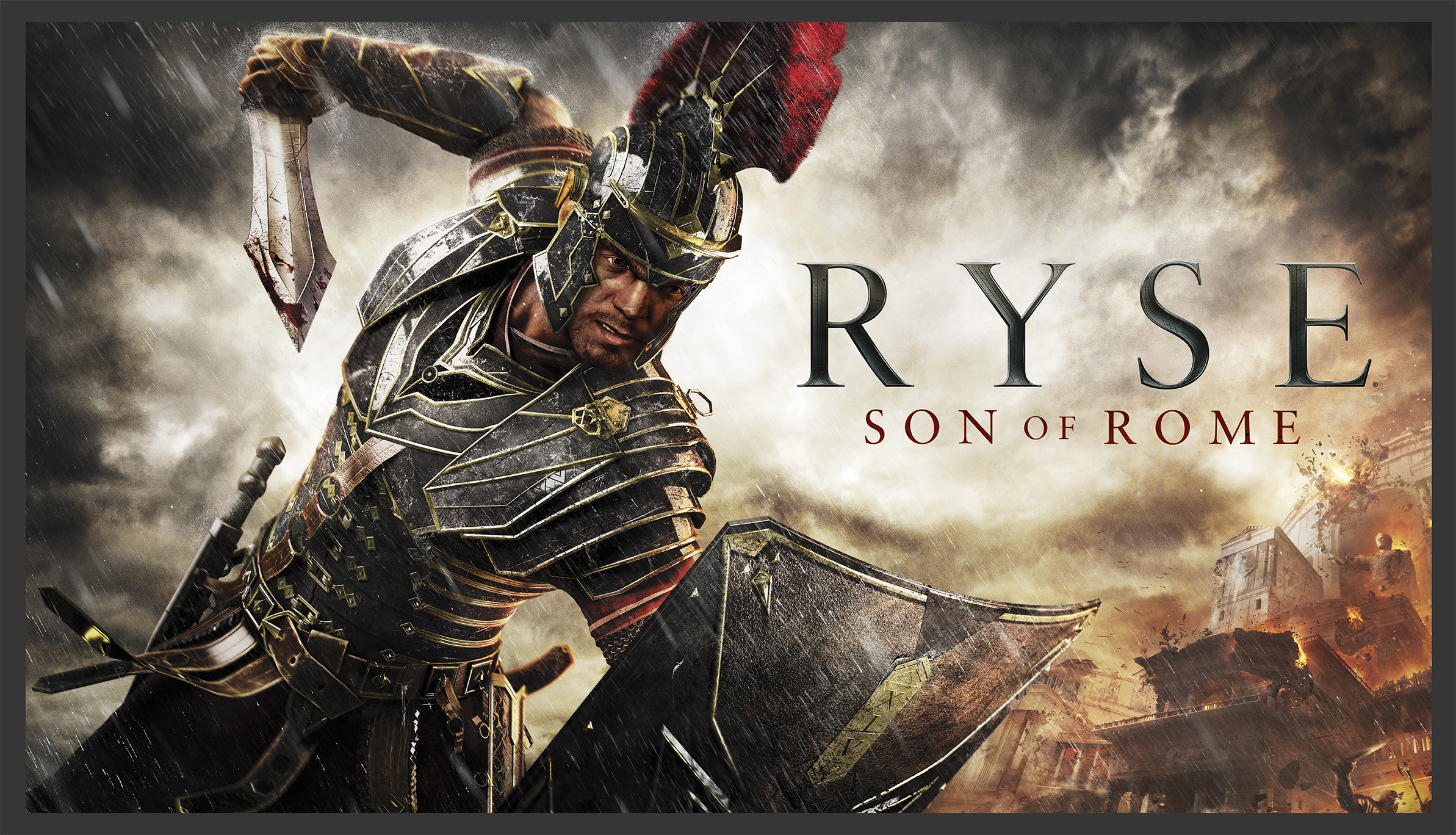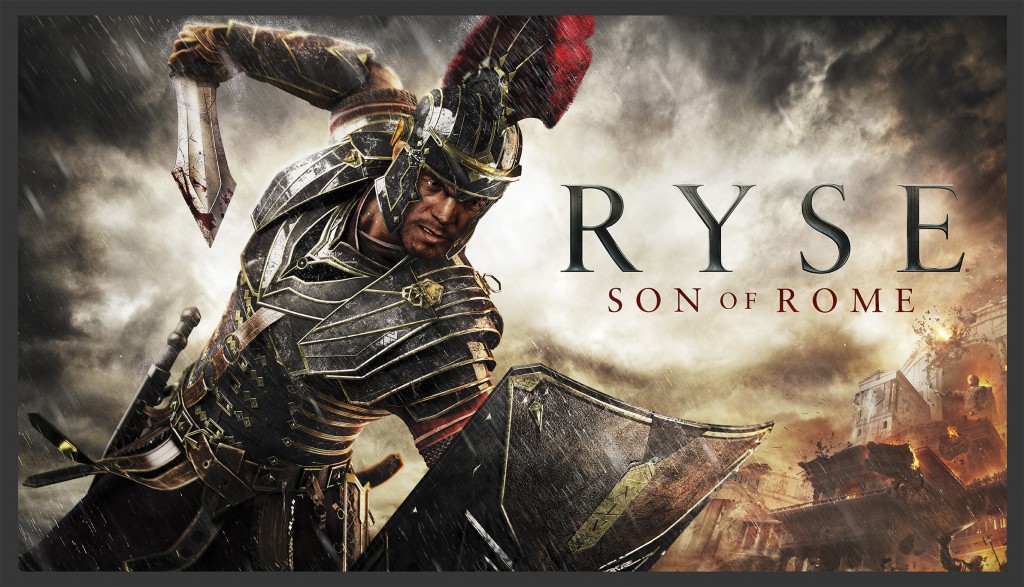By Jeremy Hannaford (Contributor) – Email
Print Edition: January 22, 2014
Ryse was originally announced by Crytek back in 2010 as a new hack-and-slash game set in ancient Rome. Then at E3 2011, a pre-rendered trailer was released showcasing it as a Kinect-only game for the Xbox 360. It looked like a promising title for those who wanted something other than kid games for the add-on. Then the game disappeared for almost two years, until an actual gameplay demo was shown at E3 2013 (now an Xbox One title) to major disappointment. With the Kinect feature almost entirely removed, Ryse had become just a hack-and-slash game with an a lot of quicktime events. It was released to lukewarm reviews and has since been forgotten.
When I finally got my hands on the game, it triggered many old memories and oddly enough, I liked it. The story follows a young soldier, Marius Titus, as he rises through the ranks of the Roman army and begins to uncover the truth about his family’s murder. While it definitely takes a page from Gladiator, it offers some straight-up jerks to hunt down and exact your vengeance on.
Hack-and-slash games are part entertainment, part guilty pleasure. There is a large fan base for the genre, especially for the high-octane epics like Devil May Cry, God of War, Bayonetta, and so forth. But those games offer a level of over-the-top action that Ryse does not. It goes for a more realistic and visceral perspective with cringe-worthy executions and slow, tactical combat. But for fans of this style, it is immensely satisfying.
When I played the game at PAX Prime last year, I found I could simply spam the executions and never get hit by enemies. In multiplayer, that’s been fixed: you cannot execute everyone you come across. You have to play smart and choose moves carefully. For some, this is what makes the hack-and-slash genre bland.
Hack-and-slash games that rely more on cinematic style rather than evolving intricacies can quickly lose their flair. When comparing games like Lords of the Rings: War in the North to Bayonetta, the difference is undeniable. When gameplay aspects don’t expand beyond simply smashing the same buttons over and over again, it’s easy to lose interest. There has to be an advancement of interaction that will keep the players interested. Throw in new combos or new equipment that boosts the character’s attributes, at least. Despite being movie-based titles, EA’s Lord of the Rings: Two Towers and Return of the King games managed this where a standalone game did not.
That’s what Ryse is, essentially. It is a case of style over substance. Its amazing graphics and intense executions try to hide the game’s lack of interactive progress. You do get to upgrade Marius’s executions or damage protection, but this doesn’t add any combos or new equipment.
There is a multiplayer feature that offers character upgrades by completing rounds in scenarios pitted in the Coliseum. This aspect is very similar to Mass Effect 3’s multiplayer. But the promoted feature of buying packs with actual money looms above the game. It’s certainly discouraging trying to get through a game when micro-transactions are advertised all over the screen.
Ryse is a decent hack-and-slash game. Its beautiful graphics are immersive and captivating and the combat can be fun. But it is also entirely understandable why this game received the reviews that it did. It has little replayability for most gamers and doesn’t offer anything truly new to the Xbox One besides amazing graphics. What the game would have been like as a Kinect-only game is a mystery.



